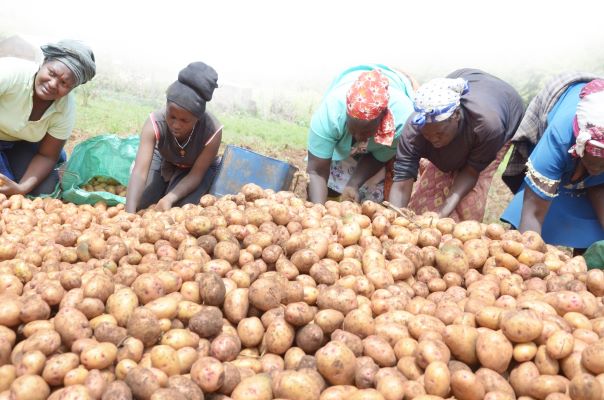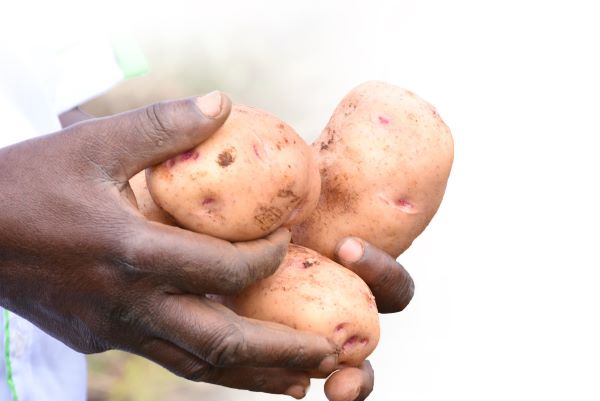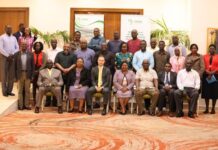
The International Potato Center (CIP) is working on providing market access to genetically engineered potato varieties with complete resistance to late blight disease for farmers in Kenya and Nigeria.
The program run in conjunction with Michigan State University (MSU) has held confined lab and field trials in Kenya, Nigeria, and Uganda with the cultivar showing absolute resistance to late blight– not tolerance– minimizing the risk of the pathogen’s adaptation.
Caused by Phytophthora infestans, it is the most serious fungal disease of potatoes in the countries resulting in output losses ranging from 10 per cent to total crop failure.
The resistance (R) genes are located in wild potato relatives located in Mexico and Argentina which have evolved to be resistant to Phytophthora infestans. These strains are rare and not found in Africa.
Their resistance is based on 3 R genes which make it difficult for the fungi to develop resistance to all three genes.
The researchers further pointed out that once the 3-R-gene LBR potato shows signs of being susceptible to the pathogen, a new biotech potato with different R genes will be deployed to replace it.

Traditional crossing and selection for late blight-resistant genes in these wild potato species would be impractical as it takes up to 46 years to introgress a single gene.
The “3-R-gene LBR potato” will cut farmer losses, Sh32.85 billion ($250M) by 15 to 30 percent, and at least 90% of the current Sh1.97 billion ($15M) annual cost in fungicides.
The potato is the second most cultivated crop in Kenya with cultivation largely focused in highland regions about 1,200 to 3,000m above sea level.
Its actual production however still remains staggeringly low at 2-3 million metric tonnes per year against a potential to produce 8 to 10 million tonnes of potato.
Rainfall variations, lack of clean seeds, and crop diseases have been fingered as the major challenges facing potato production in the country.
According to CIP, the potato is the third most important food crop worldwide, and is the highest-yielding staple per acre, producing large amounts of energy-rich carbohydrates in less time and with less water than rice or wheat, as well as vitamin C, potassium, and phenolic compounds.
Not being a globally traded commodity, its price is less vulnerable to food price spikes. These attributes make potatoes among the least expensive source of fiber, minerals, and vitamins necessary for good nutrition, which makes them an asset in addressing poverty, hunger, and malnutrition.








